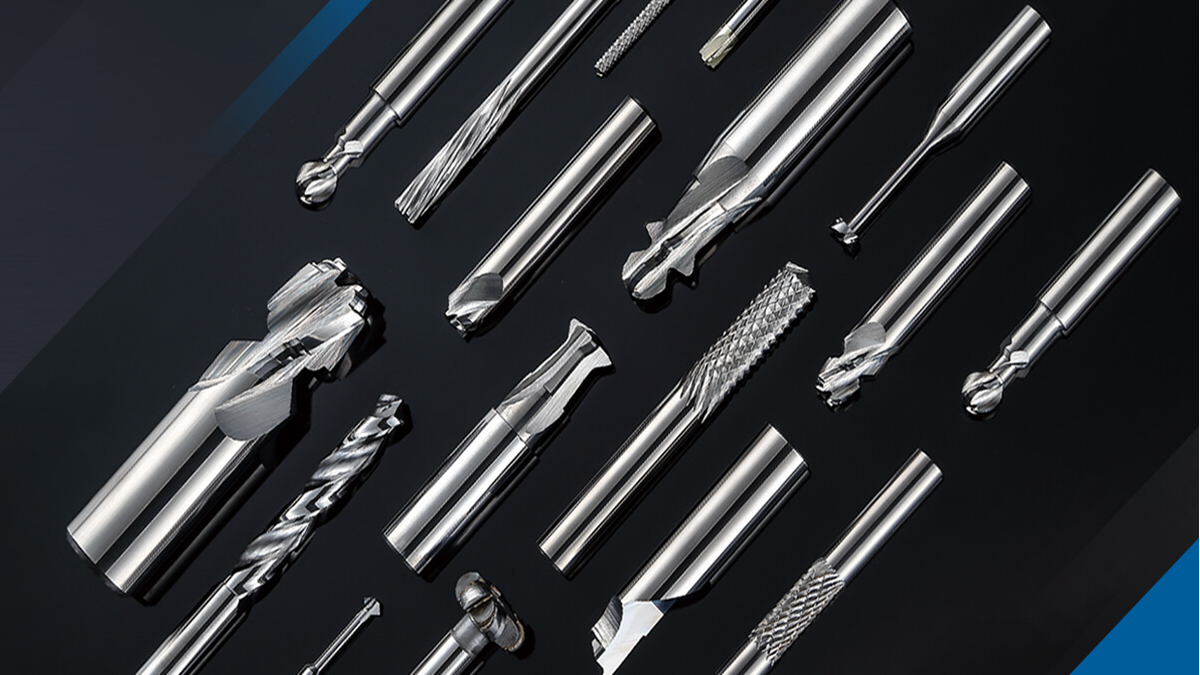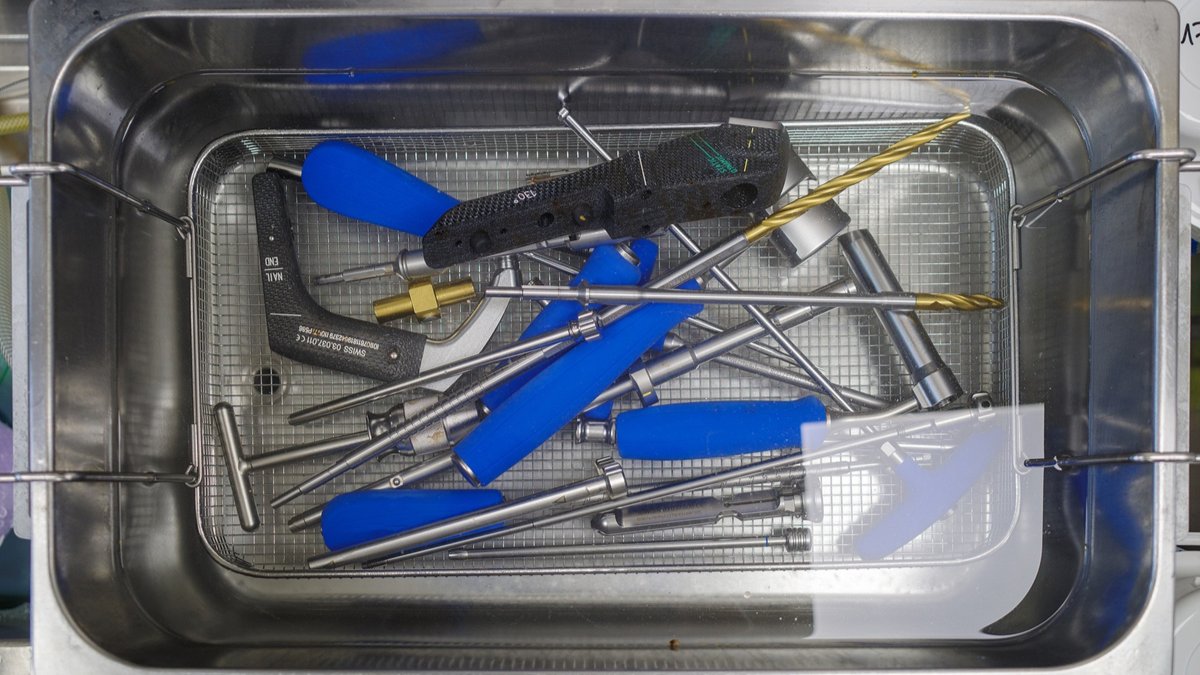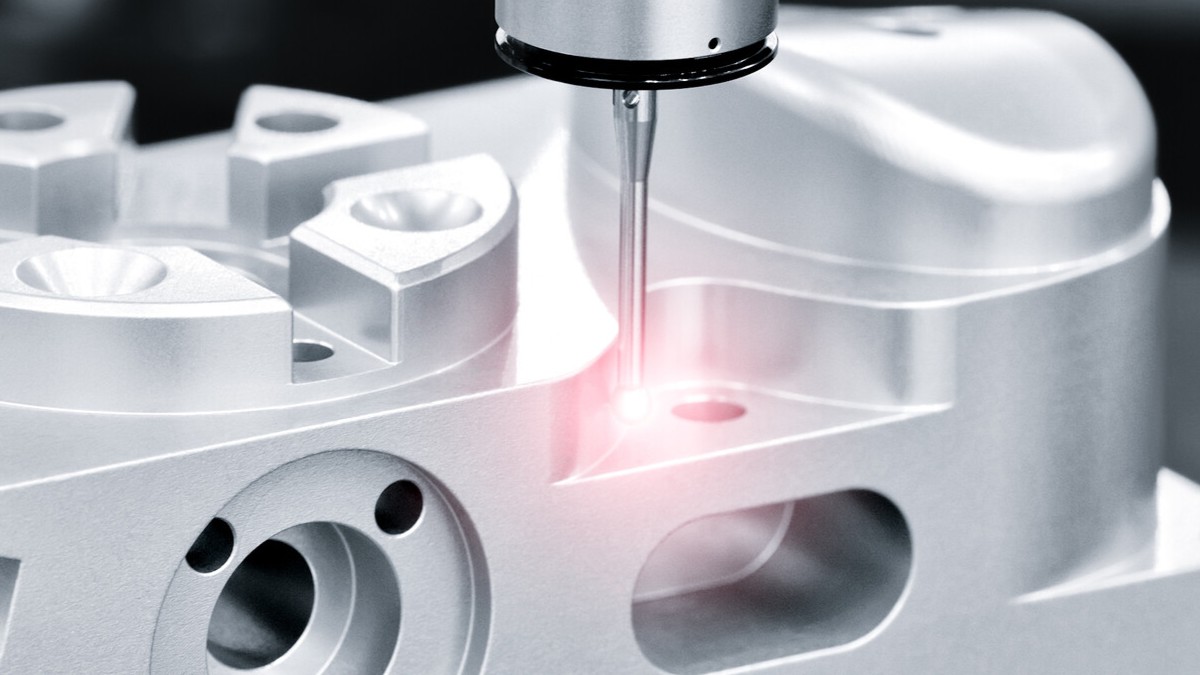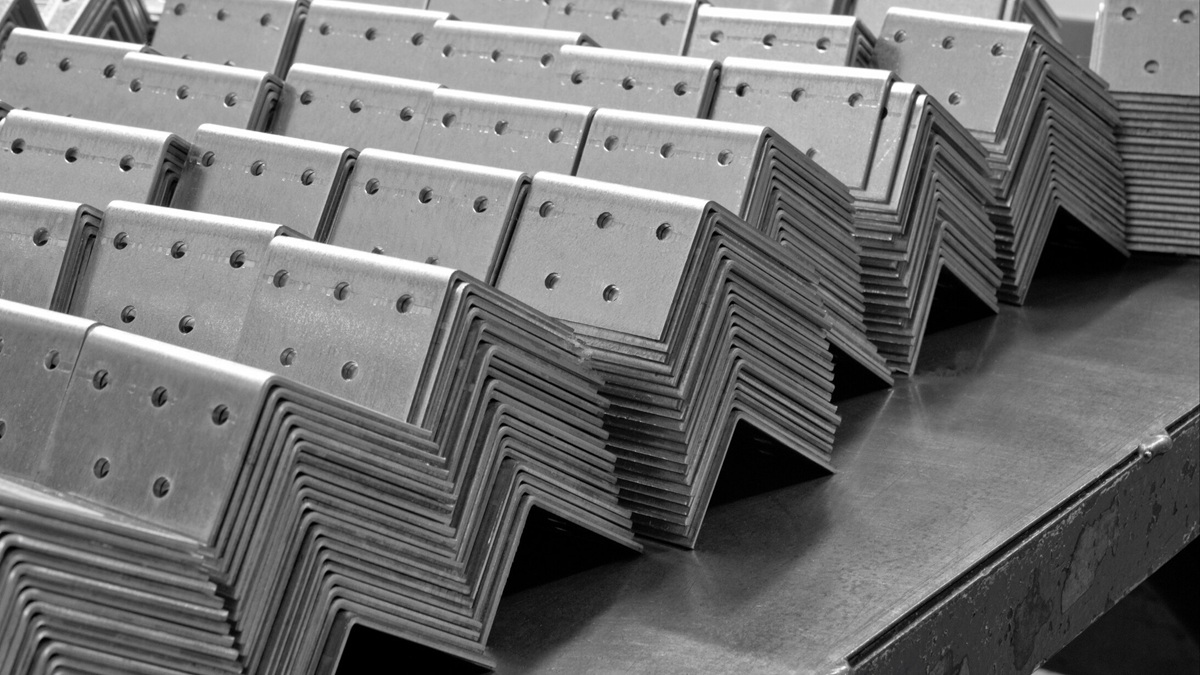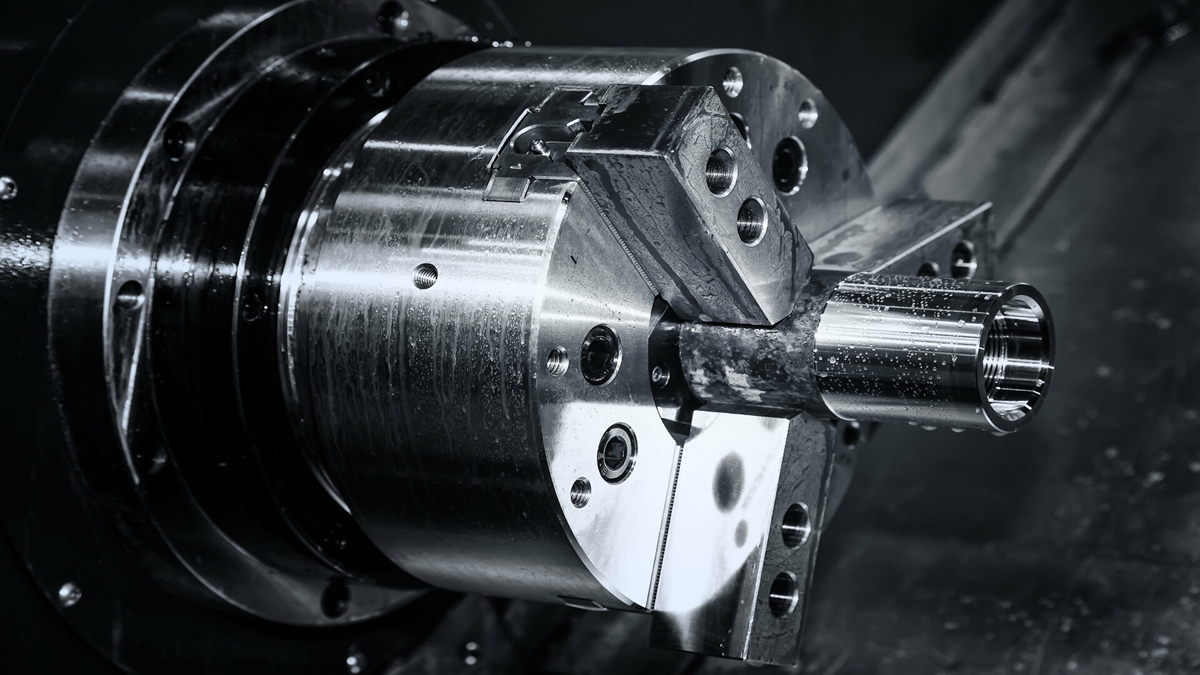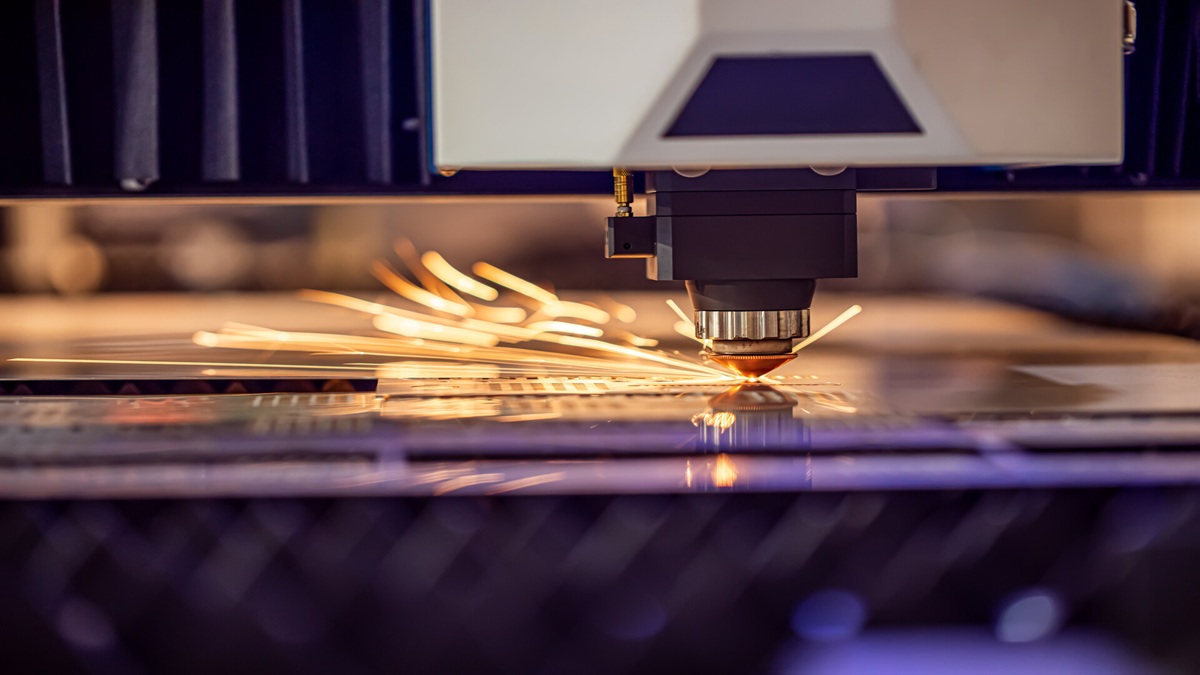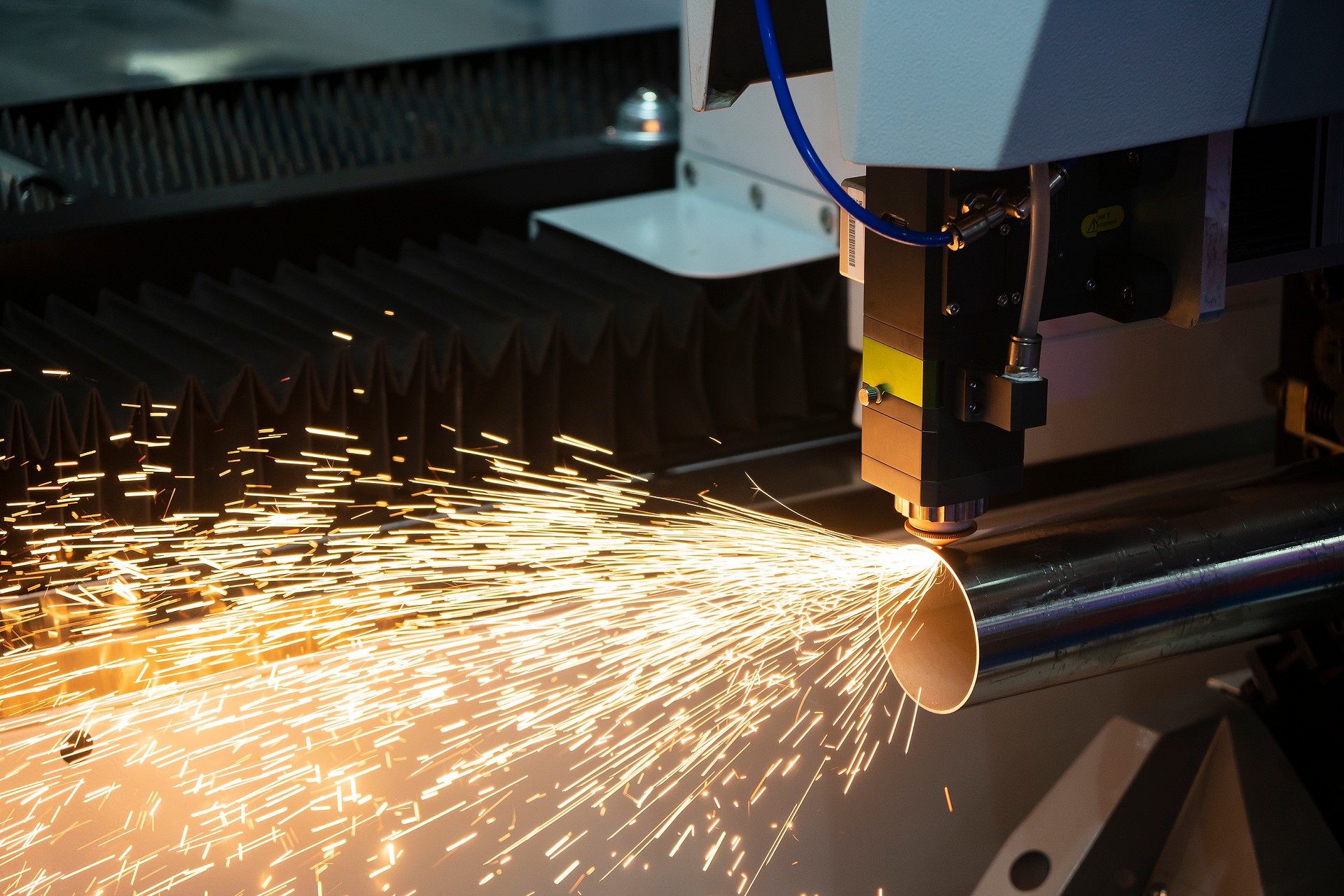What is Liquid Injection Molding?
The LIM Process Workflow
- Raw Material Preparation: Liquid silicone rubber (LSR) is mixed with a catalyst to form an injectable compound.
- Injection: The compound is injected into preheated mold cavities.
- Curing: The silicone rubber cures inside the mold through heating, solidifying into the desired part shape.
- RCooling and Demolding: After curing, the mold is cooled, and the formed parts are removed.
- Post-processing: Necessary finishing steps such as trimming and cleaning are performed to meet final product specifications.
Machining Technologies and Equipment
LIM technology features excellent elasticity, resistance to extreme temperatures, UV stability, and chemical corrosion resistance, making it widely applicable in:
- Medical Devices: Components such as catheters, seals, and check valves that require high biocompatibility and precision.
- Electronics: Items like smartphone seals, keyboard keys, and touch screen frames that demand elasticity and UV resistance.
- Automotive Industry: Seals, gaskets, and vibration dampers requiring high temperature tolerance and chemical resistance.
- Consumer Electronics: Sealing structures for headphones and wearable devices that call for high precision and complex geometries.
Future Development Trends
With the rise of Industry 4.0 and smart manufacturing, LIM technology continues to evolve:
- Automation and Intelligence: Integration of machine vision and artificial intelligence for automated process monitoring and quality control, enhancing efficiency and product consistency.
- Multi-Material Co-Injection:Enabling co-molding of different materials to meet complex functional demands, such as combining hard and soft materials or conductive and insulating parts.
- Environmental Sustainability: Development of eco-friendly silicone materials to reduce energy consumption and waste emissions during production, promoting green manufacturing.
Conclusion
Thanks to its unique advantages, Liquid Injection Molding has become an indispensable technology in modern manufacturing. As technology advances and market demands diversify, LIM will increasingly play a vital role across various industries, driving manufacturing toward higher precision, greater efficiency, and improved environmental sustainability.




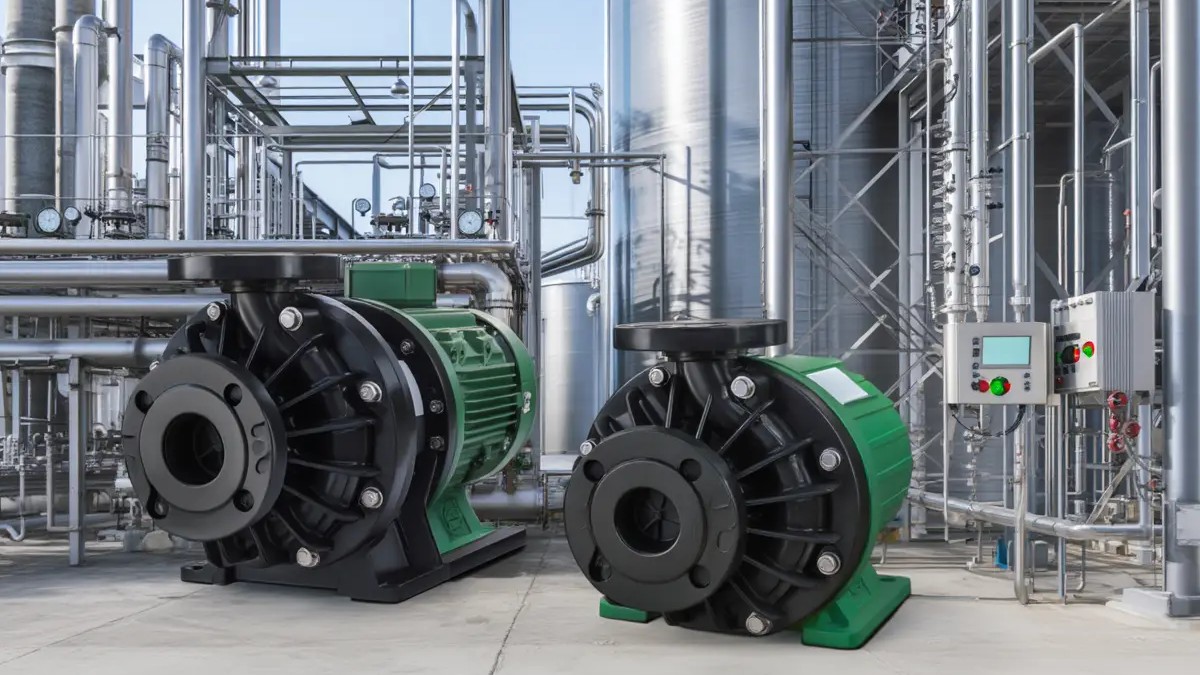
.png)
